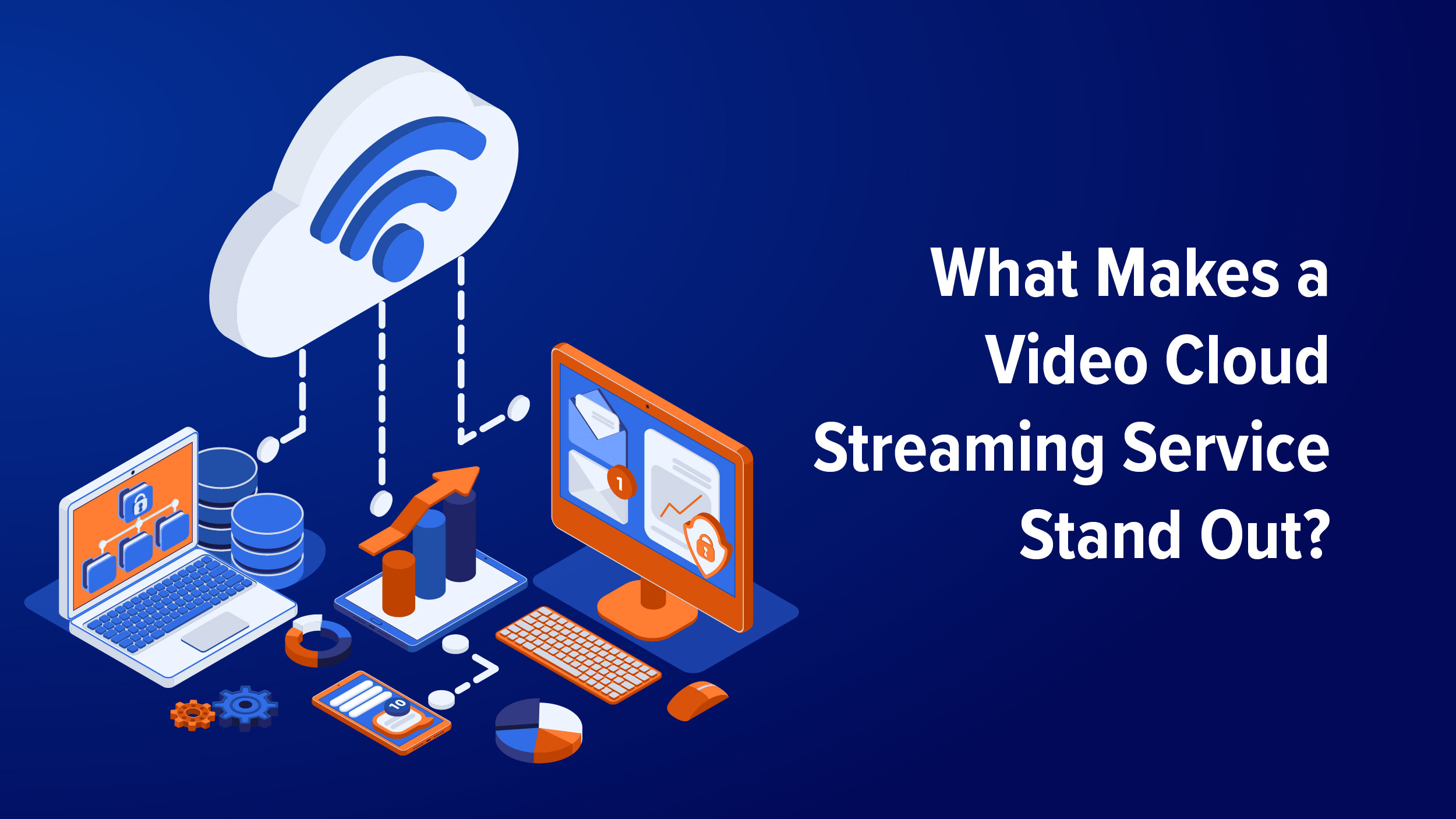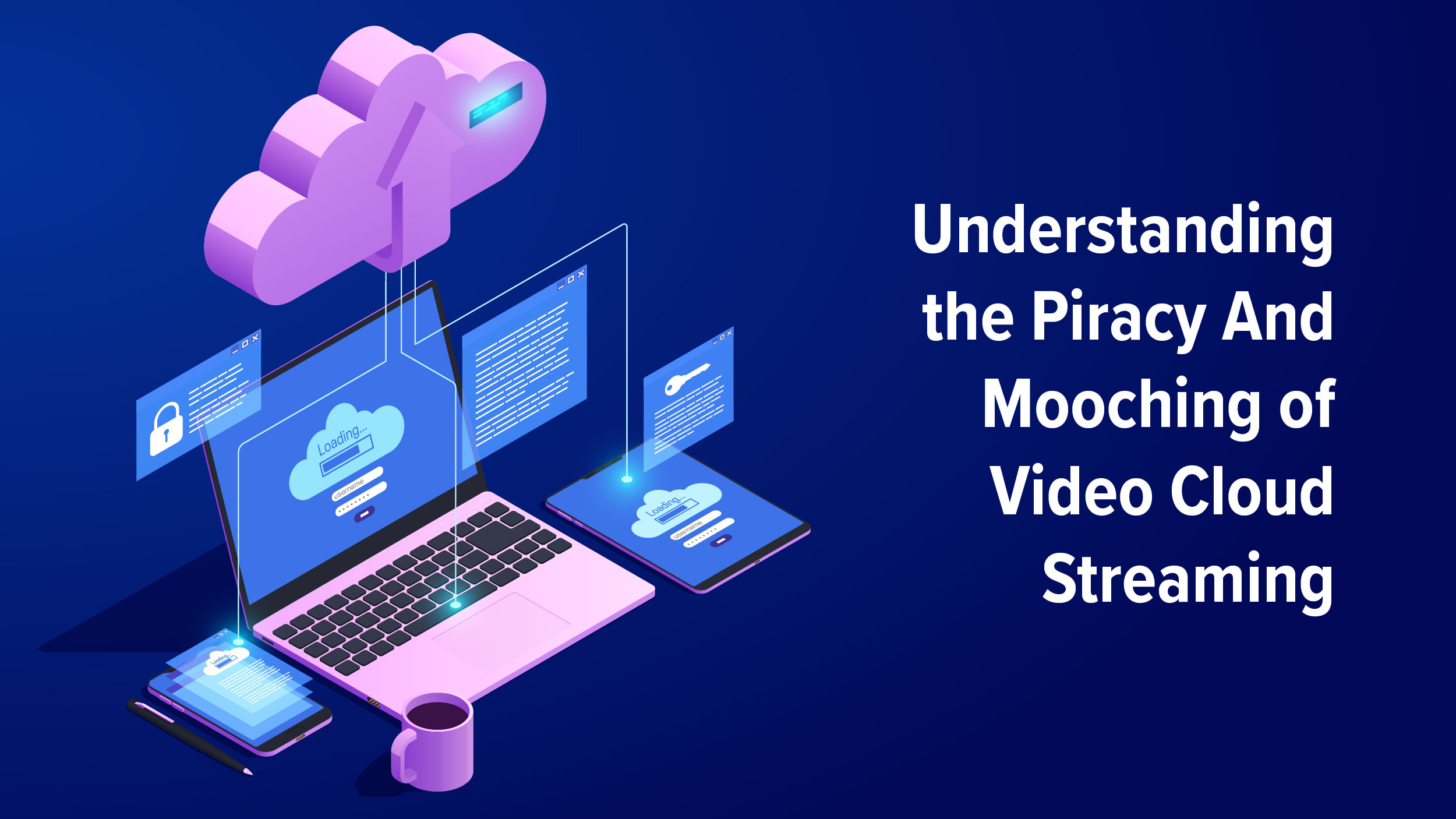How Cloud Streaming Industry is Changing User Experience Across OTT Platforms
In an era dominated by digital experiences, video content has become the cornerstone of online engagement. Whether it’s for entertainment, education, or business, seamless and reliable video streaming is non-negotiable. This is where the marvel of video cloud streaming steps in, revolutionizing the way we deliver and consume video content.
As we move forward in this blog, we delve into the vibrant realm of video cloud streaming, unveiling its game-changing capabilities and the pivotal trends revolutionizing our online video experiences.
What is Video Cloud Streaming?
Cloud video streaming enables users to watch digital video content online without the need for prior downloads.
Content creators upload their videos to a network provider’s cloud servers, which are then encoded for global viewing, either live or on-demand.
This approach allows for high-quality streaming at a significantly reduced cost compared to traditional methods. Consequently, cloud storage for video streaming is becoming increasingly popular for businesses and individuals looking to share their content globally.
The surge in cloud adoption extends to video data, with a notable impact. As per the Flexera 2021 State of the Cloud Report, over 36% of enterprises invest upwards of $12 million in cloud technologies.
What Makes a Video Cloud Streaming Service Stand Out?
 An optimal cloud video service should provide customers with all the essential components for achieving video broadcasting success. This entails incorporating:
An optimal cloud video service should provide customers with all the essential components for achieving video broadcasting success. This entails incorporating:
- API access – The API capabilities of a cloud video service vary greatly depending on the type of service. For instance, Netflix’s API allows access to data about their movie and TV titles. YouTube’s API permits the retrieval of information and videos for various users to incorporate into applications. Meanwhile, api.video empowers you to create your personalized video-sharing platform, akin to Netflix or YouTube.
- Live streaming and recording – While live video and audio transmission is a pivotal aspect of video cloud streaming, equally significant is live recording. Recognizing that not all viewers can tune in to a live stream in real-time, a quality cloud video streaming service will enable you to record your live stream for later playback.
- Transcoding – For seamless hosting and delivery, optimizing your video for the web is crucial. While certain cloud video streaming services require you to prepare your video, others offer transcoding capabilities. Given the widespread support for HLS, it’s probable that your video will undergo HLS transcoding.
- Video player – Cloud video streaming platforms come equipped with a video player, with HTML5 players being the prevalent choice. Even streaming giants like Netflix utilize HTML5 for their video players. In terms of monetization, streaming services approach it from two perspectives. They either facilitate content creators in monetizing their own content or implement monetization strategies for the content they showcase.
- Video analytics – Analytics stands as a crucial feature for any video cloud streaming service. Understanding user behavior and engagement is invaluable, even though certain platforms like Hulu may not disclose this information to end-users, reserving it for service providers. However, if you’re developing your own platform, extensive analytics can be a significant advantage.
- Content Delivery Network – The quality of a video streaming service hinges on its content delivery network. Major companies like Akamai prioritize seamless processing of various content types, particularly video. However, the pinnacle of content delivery for video lies in CDNs purpose-built and fine-tuned exclusively for video handling. Numerous leading streaming services implement their dedicated CDNs for this purpose.
Netflix: Leading Video Cloud Streaming Giant
Prominent video streaming platforms encompass well-known names like Netflix and Hulu, alongside platforms such as YouTube, Vimeo, and api.video. Let’s dive into the operations of Netflix, the colossal OTT platform.
Netflix claims that there is no such thing as a single product, but rather 150 million different versions of Netflix, one for each user. They are watching you while you are watching Netflix to see what you liked, skipped, re-watched, voted up, added to your playlist, and so on. Netflix subscribers do not have access to the same feed. The feed is tailored to each user’s preferences and viewing history. This kind of magic is made possible by enormous data analysis and cloud-deployed microservices.
They learn user preferences by digging back the insights with the data-driven strategy. They produce better content that their audience enjoys, creating a feedback loop that reduces the risk of ‘guesswork’ traditionally associated with producing shows or movies that ‘might’ be a smash hit or a big flop.
OTT players already have a lot on their plates: creating content, driving downloads, growing subscriptions, and notifying users at the right time in a contextually relevant way. IT infrastructure should not be one of them, which is entirely possible with the cloud.
Understanding the Piracy And Mooching of Video Cloud Streaming
 Piracy, on the other hand, is a problem for OTT business. With the introduction of Digital Rights Management (DRM), broadcasters now have advanced control over their playlist, allowing only authenticated users to view their content. For content protection, DRM employs a set of protocols that go beyond standard encryption. Amazon Elastic Transcoder, a simple step to transcode and package content files that prevent piracy, is available from AWS.
Piracy, on the other hand, is a problem for OTT business. With the introduction of Digital Rights Management (DRM), broadcasters now have advanced control over their playlist, allowing only authenticated users to view their content. For content protection, DRM employs a set of protocols that go beyond standard encryption. Amazon Elastic Transcoder, a simple step to transcode and package content files that prevent piracy, is available from AWS.
Mooching is one of the most serious issues confronting OTT media platforms today. Mooching is the act of viewing content without paying for it. Users frequently share OTT platform credentials intended for only one user with family members, resulting in significant revenue loss for OTT broadcasters.
To reduce the loss for OTT broadcasters, cloud technology service providers are still working on a technology to identify and track mooching. Regardless of this flaw, cloud technology remains a powerful enabler for OTT platforms. When compared to other platforms, it also ensures a certain level of security for the content hosted in the cloud environment.
Consumers today want complete control over the content they watch, so OTT streaming is becoming increasingly important for most brands. Cloud-based OTT video streaming platforms help broadcasters get started quickly and scale up their IT infrastructure as their audiences grow.
Final Thoughts
The world of video cloud streaming has emerged as a transformative force in how we consume and share visual content online. This technology has not only shattered the limitations of traditional video delivery but has also democratized the creation and distribution of video content, empowering businesses, content creators, and viewers alike. Cloud storage for video streaming provides a flexible, scalable, and reliable solution for storing and delivering video content over the Internet. With the ability to provide seamless, high-quality video experiences at a reduced cost, video cloud streaming is poised to continue shaping our digital landscape.


Comments are closed.